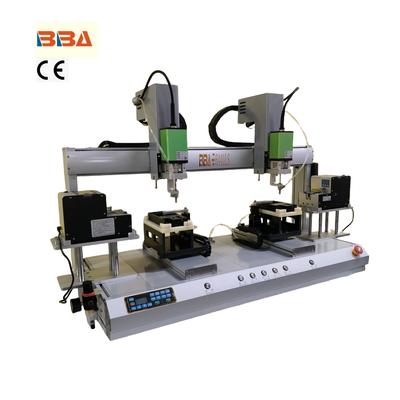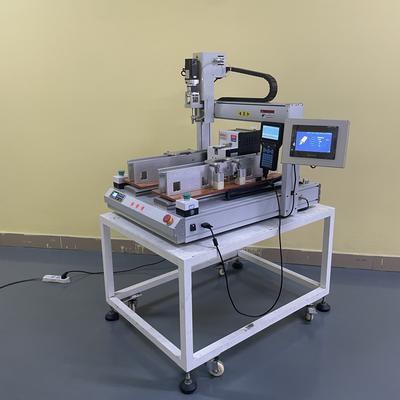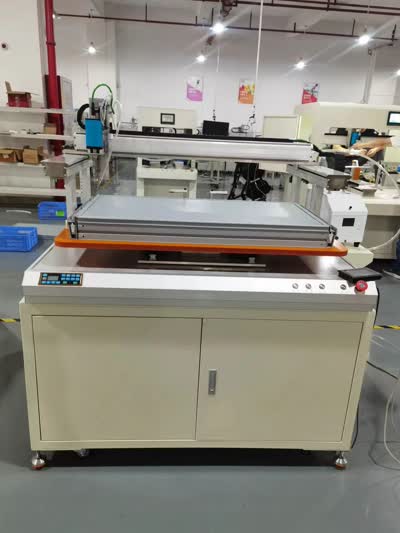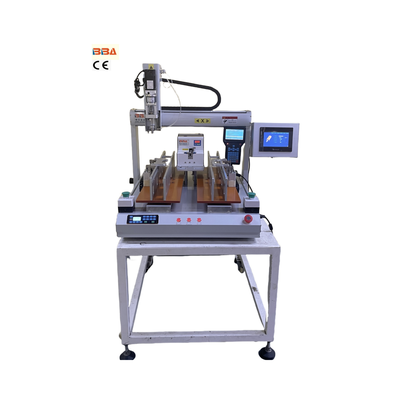Servo-Driven vs. Pneumatic Screw Feeders: Key Differences and Benefits
In the world of industrial automation, selecting the right feeding system is critical for efficiency, precision, and cost-effectiveness. Two popular choices are servo-driven screw feeders and pneumatic feeders, each offering distinct advantages depending on the application. Understanding their differences can help manufacturers make an informed decision for their production needs.
Servo-Driven Screw Feeders: Precision and Control
Servo-driven screw feeders are known for their high precision and programmability. These systems use electric servo motors to control the movement of screws or fasteners with exceptional accuracy. Key benefits include:
- Precise Positioning: Servo motors allow for exact control over screw placement, making them ideal for applications requiring tight tolerances.
- Customizable Speed and Torque: Operators can adjust feed rates and torque settings to match specific production requirements.
- Reduced Downtime: Electronic control minimizes mechanical wear, leading to longer equipment life and fewer maintenance interruptions.
- Integration with Automation: These feeders easily integrate with robotic arms and other automated systems for seamless production flows.
Pneumatic Feeders: Speed and Simplicity
Pneumatic feeders, on the other hand, rely on compressed air to drive screw feeding mechanisms. They are widely appreciated for their simplicity and speed:
- High-Speed Operation: Pneumatic systems excel in high-volume applications where rapid feeding is essential.
- Lower Initial Cost: These feeders are generally more affordable upfront compared to servo-driven alternatives.
- Durability: With fewer electronic components, pneumatic feeders often perform reliably in harsh industrial environments.
- Ease of Maintenance: Their straightforward design allows for quick repairs and minimal downtime.
Choosing the Right Feeder for Your Application
The optimal choice between servo-driven and pneumatic screw feeders depends on specific operational needs:
- Precision vs. Speed: Servo-driven feeders are best for tasks requiring meticulous accuracy, while pneumatic feeders are suited for high-speed, repetitive operations.
- Budget Considerations: If upfront cost is a concern, pneumatic systems may be more attractive, though servo-driven feeders can offer long-term savings through energy efficiency and reduced maintenance.
- Environmental Factors: In dirty or humid environments, pneumatic feeders often prove more resilient, whereas servo-driven units may require additional protective measures.
Conclusion
Both servo-driven and pneumatic screw feeders have their place in industrial automation. Servo systems bring precision and adaptability to complex assembly tasks, while pneumatic feeders deliver speed and reliability for high-volume production. By assessing factors such as accuracy requirements, budget constraints, and operational conditions, manufacturers can select the feeding solution that maximizes productivity and efficiency in their specific applications.

| Product Name | Applicable industries |
| Servo Screwdriver Robot | Power Tool Assembly Lines |


